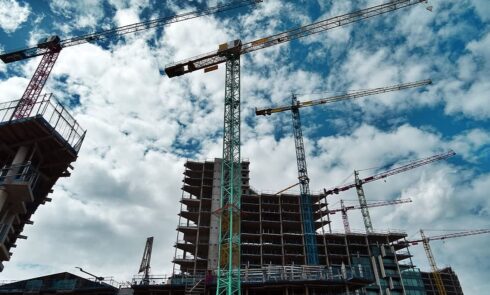Urban design plays a crucial role in shaping the face of modern metropolitan areas, and Sacramento, the capital of California, is no exception.
Sustainability and Energy Efficiency in Design
Sacramento is actively incorporating sustainability principles into urban design. The creation of green spaces, the use of renewable energy, and the development of low-emission transportation infrastructure have become major aspects of the city’s planning strategy.
Housing Design and Urban Space Development
With Sacramento’s growing population, architects and urban planners face the challenge of creating residential areas that strike a balance between densely populated neighborhoods and open, recreational areas. The development of urban parks, pedestrian areas, and community service centers are becoming key aspects of urban design projects.
Historic Preservation
Sacramento, rich in history, is committed to preserving its architectural and cultural landmarks. Restoration projects and the adaptation of older buildings to modern needs preserve the unique character of older neighborhoods while blending them with new, modern structures.
Transportation and Infrastructure
An efficient transportation system is an integral part of urban design. Building new roads, improving public transportation, and developing bike lanes create a flexible and convenient transportation system for residents.
Community Involvement and Civic Activism
Sacramento’s urban design projects involve local residents in key decisions. Discussions, public hearings, and civic activism help shape urban spaces that reflect community needs and preferences.
Sacramento, through focused and innovative urban design strategies, is becoming an example of how a city can evolve by combining modern trends with respect for history and the environment. Sacramento’s design process not only creates functional spaces, but also shapes a unique urban culture where each detailed design contributes to a sustainable and attractive place to live.


